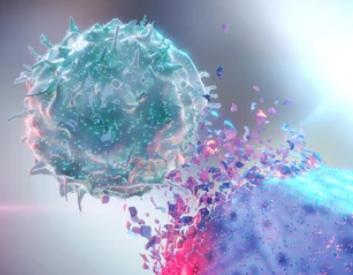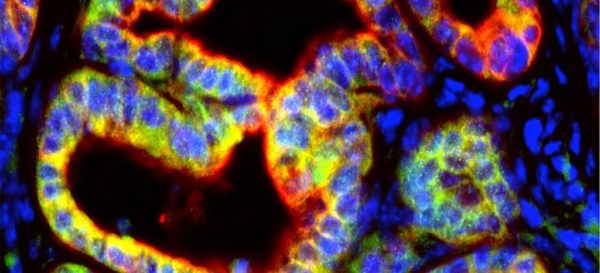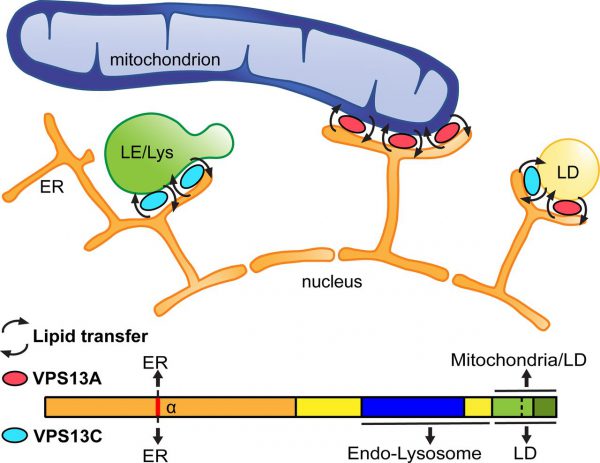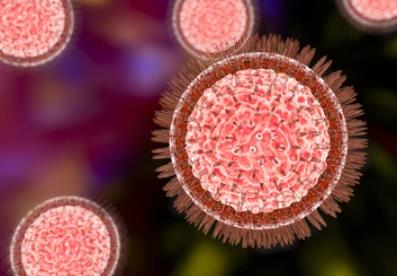Yellow viruses, including dengue virus (DENV), Zika virus (ZIKV), and Japanese encephalitis virus (JEV), are mostly transmitted through mosquito vectors and are currently one of the most widespread and highly infected infectious diseases, posing a huge threat to global public health. The infection of the yellow virus not only causes mild and self-limiting diseases (such as dengue fever and dengue hemorrhagic fever), but is also closely related to neurological diseases…
Uncategorized
Themis2 Can Regulate Natural Killer Cell Immune Memory

Immune memory is a hallmark of the adaptive immune system in the body. Although natural killer cells (NK cells) are essential innate immune cells for the host’s immediate defense system, they can also differentiate into memory NK cells. Currently, researchers have not fully elucidated the molecular mechanisms behind controlling this differentiation process. Recently, a research report titled “Themis2 regulates natural killer cell memory function and formation” was published in the…
DCC May Help Identify Human Parkinson’s Disease

At present, the diagnosis of Parkinson’s disease is mainly based on clinical standards, but the sensitivity of clinical standards is often limited before most dopaminergic neurons are lost. Recently, in a research report published in Nature Aging titled “DOPA decarboxylase is an emerging biomarker for Parkinsonian disorders including preclinical Lewy body disease”, scientists from institutions such as the Caroline College in Sweden found through research that, the levels of the…
Drugs Targeting the Protein Cypa Have the Potential to Treat a Range of Poxviruses, Including Monkeypox and Smallpox Viruses

In a new study, researchers from the University of Oxford, the University of Cambridge, and the Pierbright Institute in the UK have discovered a new treatment method that may be more durable than current methods when studying how the pox virus evades the natural defense function of human cells. Prior to this, they discovered how the pox virus hijacks a cellular protein to evade the host cell’s defense, thereby effectively…
Tumor Cell–Derived IL1β Promotes Desmoplasia and Immune Suppression in Pancreatic Cancer

Recently, in a study published in Cancer Research, scientists from New York University and other institutions have found that a key immune signal may play a previously unknown role in turning off the immune system to attack pancreatic cancer. The researchers found that the immune signaling protein interleukin 1β (IL-1β) can be made and released by pancreatic tumor cells, while it reduces the body’s anti-cancer immune response, thereby promoting the…
Do You Know How Cells Recognize Uninvited Guests?

Recently, a team led by the University of Bonn discovered how TLR8 plays an important role in defending human cells against invaders. It was found that when RNaseT2 and RNase2 cut the ribonucleic acid (RNA) of bacteria into small fragments with fingerprint characteristics, they were able to be recognized by TLR8 and countermeasures were initiated. And the results are published in the recent issue of Immunity. When bacteria or…
J Cell Biol: How Does a Genetic Mutation Induce a Neurological Disease Such as Parkinson’s?

Mutations in multiple genes are directly related to Parkinson’s disease, but researchers are not sure how these mutations affect individuals with Parkinson’s disease. A recent study published in The Journal of Cell Biology, in the study, scientists from Yale University focused on a genetic mutation that induced familial Parkinson’s disease. They found that the gene encodes a specific protein that controls lipids transfer between organelle membranes. In the…
Principle and Protocol of Chromatin Immunoprecipitation (ChIP)
Introduction: 1. Applications of ChIP: (1) Histone modifying enzyme antibody as “biomarkers”; (2) Analysis of transcriptional regulation; (3) Drug development research; (4) Analysis of DNA damage and apoptosis. 2. Details: The eukaryotic genomic DNA exists in the form of chromatin. Therefore, the study of interactions between protein and DNA in chromatin environment is the basic way to clarify the mechanism of gene expression in eukaryotes. Chromatin immunoprecipitation (ChIP) is currently…
